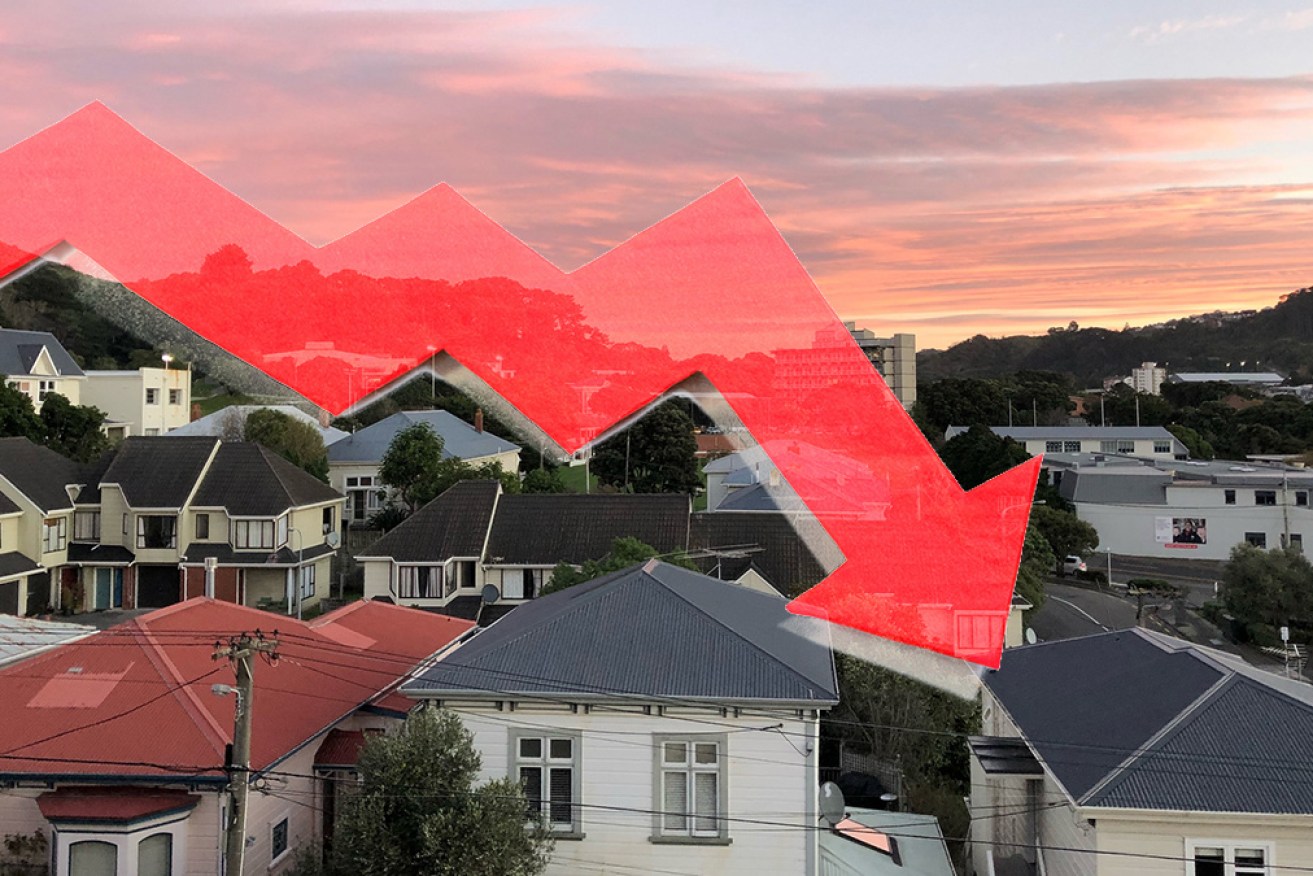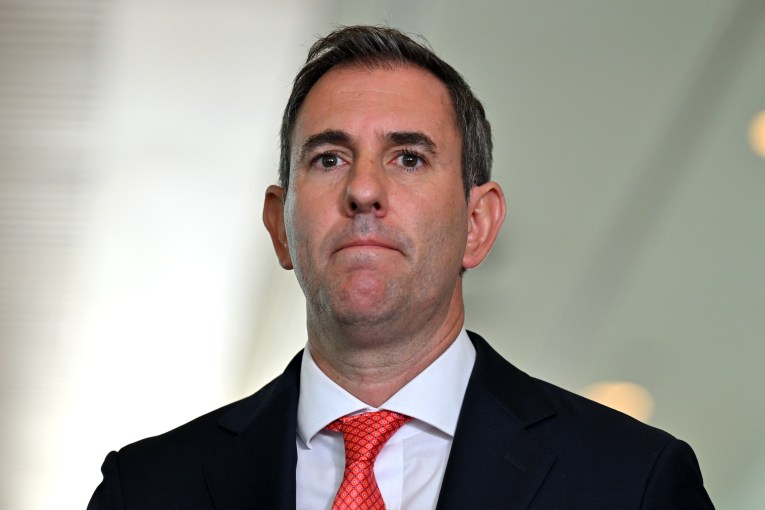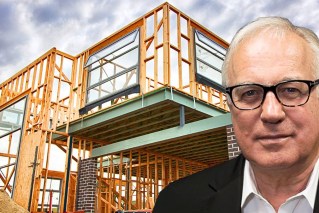‘Year of contrasts’: National housing values put the brakes on 32-year record growth


Photo: Getty
2022 saw Sydney and Melbourne lead the first fall in national housing values in four years, but the market has yet to sink to pre-COVID levels.
CoreLogic data shows Australia’s national housing value fall of -1.1 per cent in December took the country’s housing values down -5.3 per cent over 2022 – marking the first time since 2018 in which national home values fell over the calendar year.
The market’s fall over 2022 was also the largest calendar year decline since 2008, when values were down -6.4 per cent amid the Global Financial Crisis.
The fall was made all the more stark as it followed house price growth hitting its fastest monthly pace in 32 years in 2021.
CoreLogic research director Tim Lawless said 2022 was “a year of contrasts” after national home values mostly peaked in May, but fell sharply once the Reserve Bank lifted the cash rate for the first time in more than a decade the same month.
Sydney and Melbourne suffered the most significant annual house value falls after peaking early in 2022, CoreLogic found.
Hobart, Canberra and Brisbane also recorded an annual drop in housing values, while Adelaide, Darwin and Perth emerged from 2022 as the only capital cities to experience an annual rise in house prices.
January will provide some reprieve as the RBA takes a break, but cash rate hikes are largely expected to recommence in February.
Upmarket suburbs lead falls in house values
The more expensive end of the housing market led the drop in national values in 2022.
Almost 170 suburbs dropped out of the million-dollar club between April and October, and only seven suburbs across the country saw median values increase to $1 million or more.
“The more expensive end of the market tends to lead the cycles, both through the upswing and the downturn,” Mr Lawless said.
But the performance gap between the upper, middle and lower markets closed slightly as the year wore on.
“Importantly, recent months have seen some cities recording less of a performance gap between the broad value-based cohorts,” Mr Lawless said.
“Sydney is a good example, where upper-quartile house values actually fell at a slower pace than values across the lower quartile and broad middle of the market through the final quarter of the year.”
Regional Australia broadly untouched
Regional areas of Australia were largely spared from the depressing finale to the year many capital cities shared, overall recording a 0.1 per cent increase in values.
However, a closer look at individual states shows results were not the same across the board.
Much like Sydney and Melbourne, annual value falls across regional New South Wales (-2.7 per cent) and regional Victoria (-1.3 per cent) offset gains across the other regional markets like South Australia, which had values soar 17.1 per cent over the year.
“The well-known Barossa wine region led the capital gains with a 23.0 per cent rise in values over the calendar year,” Mr Lawless said.
Pre-COVID values still far off
Although national housing values fell for the first time in years, the situation is not all doom and gloom as values still sit well above pre-COVID levels, CoreLogic found.
Compared to March 2020, housing values across the combined capital cities are still 11.7 per cent higher, while the combined regional markets’ values are up 32.2 per cent.
Adelaide has retained the most value growth out of the capital cities, with values remaining almost 43 per cent above pre-COVID levels after the city’s values hiked 44.7 per cent during the housing market upswing.
Melbourne is the capital city closest to its pre-COVID boom values, with dwelling values only 1.5 per cent above March 2020 levels.
“The relatively small difference between March 2020 and December 2022 levels can be attributed to a number of factors, including a larger drop in values during the early phase of COVID, a milder upswing through the growth cycle, and the 8.3 per cent drop since values peaked in February,” Mr Lawless said.
More pain likely ahead
The latest results come after experts warned in November a slowing of value falls toward the end of the year didn’t mean the national market had seen prices bottom out yet.
The fall in prices have largely been driven by interest rate hikes, which saw more than $800 added to typical monthly mortgage bills for millions of households across the country.
With Reserve Bank of Australia governor Philip Lowe warning further cash rate increases will be needed to bring down inflation, interest rates will likely continue to rise this year, putting further pressure on mortgage holders and housing values.








